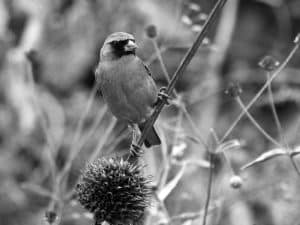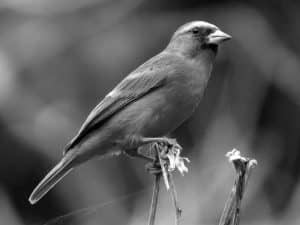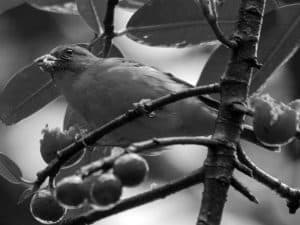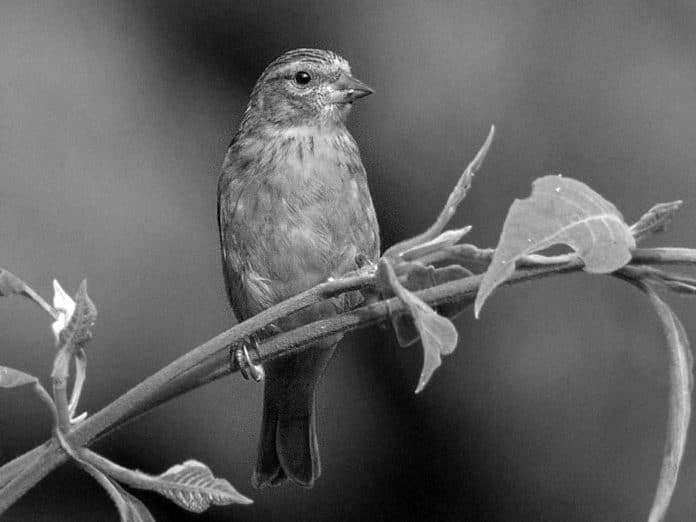Introduction to the Western Citril Bird
The Western Citril in Tanzania, scientifically known as Serinus citrinelloides, is a captivating member of the finch family that has captured the hearts of birdwatchers across the globe. This small, vibrant songbird is a true gem of the avian world, with its striking plumage and enchanting vocalizations. As you delve into the world of the Western Citril, you’ll be enchanted by its unique charm and the thrill of spotting this elusive species in its natural habitat.
Habitat and Distribution of the Western Citril in Tanzania

The Western Citril is primarily found in the eastern parts of Africa, with Tanzania being one of its primary strongholds. This remarkable bird thrives in a variety of habitats, including:
- Montane forests
- Wooded grasslands
- Scrublands
- Cultivated areas with scattered trees
Within Tanzania, the Western Citril can be spotted in various regions, including the Usambara Mountains, the Udzungwa Mountains, and the Southern Highlands. These areas offer an abundance of suitable environments for the Western Citril to thrive, making Tanzania a prime destination for birdwatchers seeking to catch a glimpse of this captivating species.
Physical Characteristics and Behavior of the Western Citril
The Western Citril is a small, compact bird with a distinctive appearance. Its most striking feature is its vibrant plumage, which ranges from a bright yellow on the underparts to a more muted olive-green on the upperparts. The bird’s face is adorned with a bold black mask, adding to its striking and charismatic look.
In terms of behavior, the Western Citril is known for its lively and energetic nature. These birds often travel in small flocks, hopping and flitting from branch to branch in search of their preferred diet of seeds, insects, and berries. Their melodious songs, which can be heard throughout the day, are a true delight to the ears of birdwatchers.
Why Tanzania is a Prime Birdwatching Destination for the Western Citril
Tanzania’s diverse landscapes, including its lush forests, rolling hills, and open savannas, make it an exceptional destination for birdwatchers. The country is home to an impressive array of avian species, with the Western Citril being just one of the many captivating birds that can be spotted.
One of the key reasons Tanzania is a prime birdwatching destination for the Western Citril is the abundance of suitable habitats. The country’s protected areas, such as national parks and nature reserves, offer ample opportunities to observe this species in its natural environment. Additionally, the country’s stable political climate and well-developed tourism infrastructure make it an accessible and safe destination for birdwatchers.
Tips for Spotting and Identifying the Western Citril in the Wild

Spotting the elusive Western Citril in the wild can be a thrilling experience, but it does require a keen eye and a bit of patience. Here are some tips to help you increase your chances of sighting this captivating bird:
- Familiarize Yourself with the Western Citril’s Appearance: Take the time to study the bird’s distinctive plumage, size, and shape, so you can easily recognize it when you encounter it in the field.
- Listen for Its Distinctive Vocalizations: The Western Citril’s melodious songs and calls can often be heard before the bird is spotted, so pay close attention to the sounds around you.
- Scan the Canopy and Understory: These birds can often be found foraging and perching in the upper levels of the vegetation, so be sure to scan both the canopy and the understory for any movement or flashes of color.
- Time Your Visits: The Western Citril is most active in the early morning and late afternoon, so plan your birdwatching excursions accordingly.
- Utilize Local Guides: Hiring an experienced local guide can greatly increase your chances of spotting the Western Citril, as they have a deep understanding of the bird’s behavior and preferred habitats.
Conservation Status and Threats to the Western Citril Population in Tanzania
While the Western Citril is not currently listed as an endangered species, its population is facing a number of threats that could potentially impact its long-term survival. One of the primary threats is habitat loss, as the expansion of human settlements and agricultural activities encroach on the bird’s natural habitats.
Additionally, the illegal pet trade and hunting for traditional medicine have also been identified as potential threats to the Western Citril population in Tanzania. Conservation efforts, such as the establishment of protected areas and the promotion of sustainable land-use practices, are crucial to ensuring the continued survival of this remarkable bird.
Other Bird Species to Look Out for While Birdwatching in Tanzania
While the Western Citril may be the primary focus of your birdwatching adventure in Tanzania, the country is home to a vast array of other captivating bird species that are worth keeping an eye out for. Some of the notable birds you may encounter include:
- The Kilimanjaro Shrike
- The Usambara Weaver
- The Iringa Akalat
- The Rufous-winged Sunbird
- The Kipengere Seedeater
Each of these species has its own unique characteristics and behaviors, adding to the rich tapestry of Tanzania’s avian diversity. As you explore the country’s birdwatching hotspots, be sure to keep your binoculars and camera ready to capture the stunning array of feathered wonders that call Tanzania home.
Best Birdwatching Locations in Tanzania for Observing the Western Citril

Tanzania’s diverse landscapes offer a wealth of birdwatching opportunities, and there are several locations that are particularly well-suited for spotting the Western Citril. Some of the top destinations include:
- Udzungwa Mountains National Park: This lush, forested park is home to a wide variety of bird species, including the Western Citril, and offers excellent opportunities for birdwatching.
- Usambara Mountains: The Eastern and Western Usambara ranges are renowned for their rich biodiversity, and the Western Citril can be found in the various habitats within these mountain ranges.
- Kitulo National Park: This high-altitude grassland park is a haven for wildflowers and birds, and the Western Citril can be spotted among the diverse avian population.
- Mikumi National Park: While better known for its large mammal species, Mikumi National Park also boasts a impressive array of bird life, including the Western Citril.
No matter which destination you choose, be sure to work with experienced local guides who can help you maximize your chances of spotting the elusive Western Citril and other captivating bird species.
Conclusion: The Western Citril – A Must-See Bird for Birdwatchers in Tanzania
The Western Citril is a true gem of the avian world, and Tanzania is one of the best places to witness this captivating bird in its natural habitat. From its vibrant plumage to its enchanting vocalizations, the Western Citril is a must-see for any birdwatcher visiting Tanzania.
As you plan your birdwatching adventure in Tanzania, be sure to keep the Western Citril at the top of your list. With the help of experienced local guides and a keen eye, you’ll have the opportunity to immerse yourself in the vibrant world of this remarkable species. Start planning your trip today and get ready to embark on an unforgettable journey of discovery in the heart of East Africa.

































